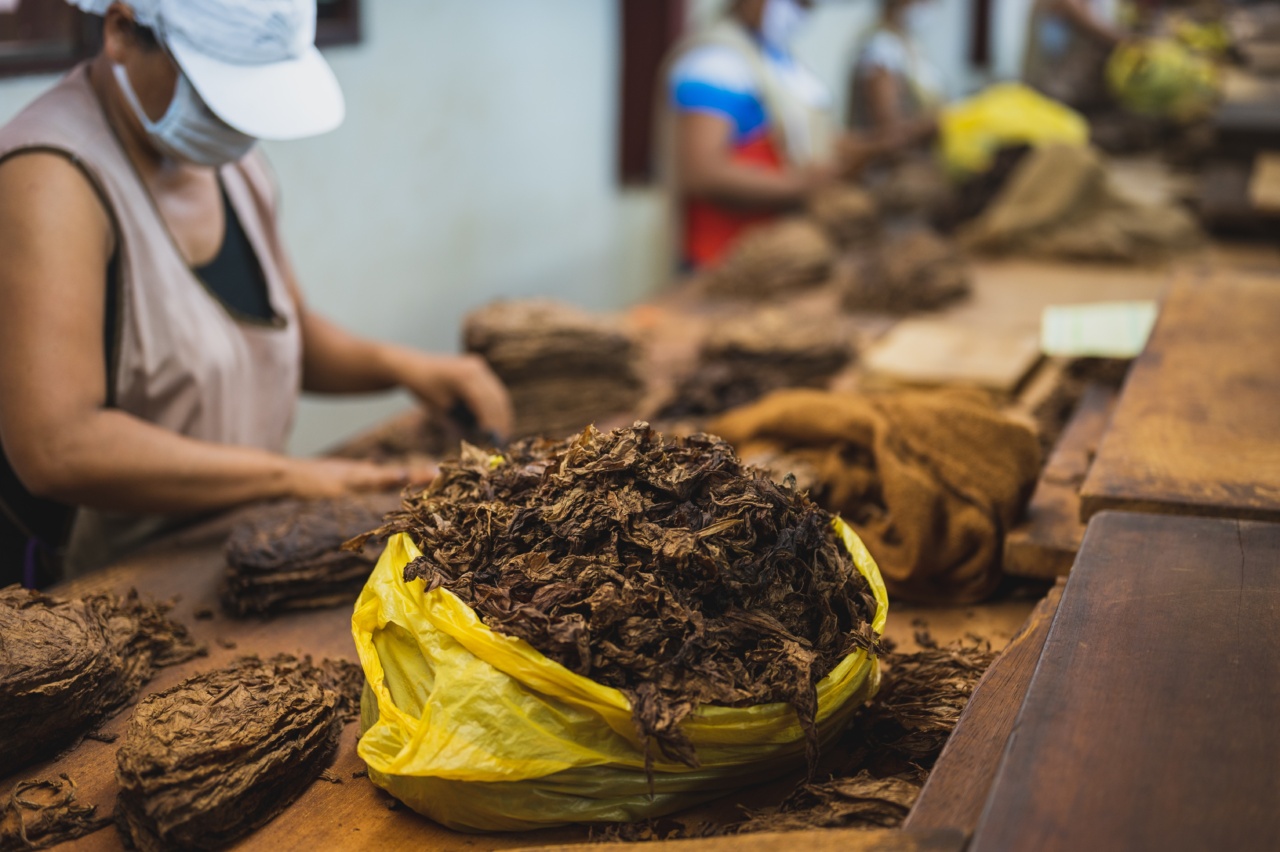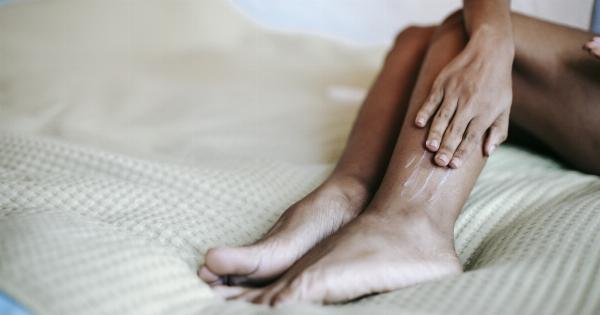Skin papillomas, also known as skin tags or cutaneous papillomas, are benign growths that commonly occur on the surface of the skin. While they are generally harmless, they can cause discomfort or cosmetic concerns for some individuals.
Understanding how skin papillomas are transmitted and the available removal options can help individuals make informed decisions about their care.
What are Skin Papillomas?
Skin papillomas are small, fleshy growths that typically hang off the skin. They are made up of fibrous tissue, blood vessels, and occasionally fat cells. These growths often vary in size and shape but are usually around 2-5 millimeters in diameter.
Skin papillomas commonly occur in areas where skin rubs against skin or clothing, such as the neck, armpits, groin, eyelids, or under the breasts.
Transmission of Skin Papillomas
The exact cause of skin papillomas is yet to be fully understood. However, certain factors may contribute to their development. Some potential causes and transmission methods include:.
1. Friction and Irritation
Constant friction or irritation between skin folds or clothing can lead to the formation of skin papillomas. This commonly occurs in areas where there is skin-to-skin contact, such as the underarms or groin.
2. Hormonal Changes
Hormonal changes, especially during pregnancy or in individuals with hormonal imbalances, can increase the likelihood of developing skin papillomas. These changes may alter the structure of the skin, resulting in the formation of these growths.
3. Obesity
Obesity is associated with several skin conditions, including skin papillomas. The excess skin folds and increased friction in obese individuals create an environment conducive to the development of these growths.
4. Age
As individuals age, their skin becomes more susceptible to developing various growths, including skin papillomas. The natural aging process can alter the texture and elasticity of the skin, making it more prone to developing these benign tumors.
5. Genetics
There may be a genetic predisposition to developing skin papillomas. If a person has a family history of these growths, they may be more likely to develop them themselves.
Removal Options for Skin Papillomas
While skin papillomas are generally harmless, some individuals may choose to have them removed for cosmetic reasons or if they cause discomfort. There are several removal options available:.
1. Excision
Excision involves cutting off the skin papilloma using a scalpel or surgical scissors. This procedure is typically performed under local anesthesia, and stitches may be required to close the wound. Excision offers immediate removal of the growth.
2. Cryotherapy
Cryotherapy involves freezing the skin papilloma using liquid nitrogen, which causes it to blister and eventually fall off. This method is relatively quick and generally requires no anesthesia.
However, it may require multiple treatments for complete removal.
3. Electrosurgery
Electrosurgery uses an electric current to cauterize and remove the skin papilloma. This procedure typically requires local anesthesia and may result in a small scab that falls off within a few days.
4. Ligation
Ligation involves tying off the base of the skin papilloma with a suture or thread, cutting off its blood supply. Over time, the growth will shrink and eventually fall off. This method may take several days or weeks for complete removal.
5. Laser Removal
Laser removal involves using a laser beam to vaporize the skin papilloma. This method is precise and minimizes damage to surrounding tissues. Local anesthesia may be used, and the healing time is relatively shorter compared to other removal options.
Prevention and Care
While it may not be possible to prevent the development of all skin papillomas, certain measures can reduce the risk. These include:.
1. Maintaining Proper Hygiene
Keeping the skin clean and dry can help minimize the risk of developing skin papillomas. Regular bathing and drying of skin folds can prevent the accumulation of moisture and reduce friction.
2. Losing Weight
If obesity is a factor contributing to skin papillomas, losing weight can help reduce the incidence of these growths. A balanced diet and regular exercise can contribute to maintaining a healthy body weight.
3. Avoiding Irritation
Avoiding clothing and activities that cause irritation and friction can help prevent the formation of skin papillomas. Choosing loose-fitting clothes and using talcum powder in skin folds can assist in reducing friction.
Conclusion
Skin papillomas are common benign growths that can occur on the surface of the skin.
While their transmission and exact cause are not fully understood, factors such as friction, hormonal changes, obesity, age, and genetics may contribute to their development. Removal options for skin papillomas include excision, cryotherapy, electrosurgery, ligation, and laser removal.
Prevention measures, such as maintaining proper hygiene, losing weight, and avoiding irritation, can help reduce the risk of developing these growths. If skin papillomas cause discomfort or affect an individual’s self-esteem, consulting a healthcare professional for removal options and guidance is recommended.



























